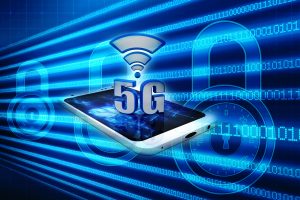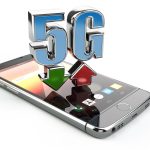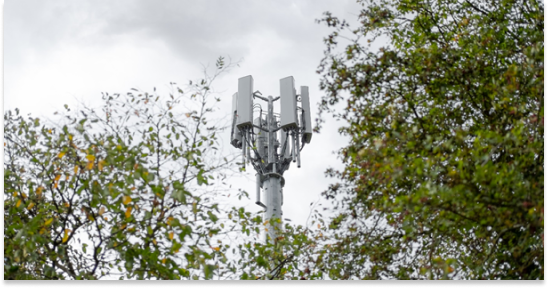The Latest Trends in 4G LTE Plus Technology: More Data, More Devices, More Speed in Rural Areas

By: Stephen Kota
The latest trends in 4G technology are in and the numbers just go up and up
A study released last week by the telecommunications firm Ericsson predicted that the

average North American will use 26 GB of cellular data per month by 2022. That’s a nearly four-fold increase over North America’s current averages.
As more people use cellular data to keep connected and informed, governments, researchers, and investors are pouring billions of dollars into making mobile broadband technologies, like 4G LTE, better for consumers. With cable internet off the table for rural dwellers, big investments in mobile broadband could be the big break rural areas have been waiting for.
No access: Rural areas go without broadband internet
Last year, the FCC released a staggering statistic: nearly 40% of rural households are too remote to qualify for a wired broadband internet service like cable internet. If you’re like 20 million rural Americans, this means that you couldn’t purchase a broadband internet connection (one with, at least, a download speed of 25 Mbps and an upload speed of 3 Mbps) even if you wanted to.
Without broadband internet, it’s nearly impossible to work remotely or take online courses, which can hinder your career and your pursuit of

education. It’s also impossible to take advantage of new technology, like lifesaving medtech devices, that requires a fast, stable internet connection.
The latest trends in 4G technology will build speed, drop prices
Many rural dwellers use cellular data or 4G LTE hotspots where they can’t get cable. Over 98% of Americans have access to 4G LTE, which means most rural dwellers get service. Mobile broadband is a decent alternative to cable, but it does fall short in two ways:
– Mobile broadband isn’t as fast as cable internet. A 4G LTE connection has download speeds between 5 and 12 Mbps and upload speeds of between 3 and 5 Mbps. While a 4G LTE Plus can reach up to 50 Mbps downloads and 12 Mbps uploads.
– It’s expensive. A 30 GB data plan can easily cost upwards of $100/month, while, in urban areas, an unlimited cable connection costs closer to $30/month.

The latest trends in mobile broadband technology, particularly the trends in 5G research, are focused on both improving the capacity of mobile broadband and decreasing its price point. These advancements will benefit consumers in two ways:
– Higher capacity networks are stronger networks. While 5G networks are likely to operate at higher radio frequencies (which means decreased range), they’re also likely to support a larger number of devices without slowing down. This means you won’t have to worry about a single device hogging all your bandwidth.
– A lower price point for 5G will likely decrease demand for 4G, lowering costs and increasing the bandwidth available on 4G LTE networks.
The latest trends in 4G technology won’t touch rural areas right away
Carriers launch a new generation of mobile network approximately every 10 years. If 5G follows suit, which industry experts predict it will, the next generation should be here in 2020. Unfortunately, that doesn’t mean it will be available in rural areas right away.
The latest technology trends take time to reach remote locations and, if 4G LTE is any measure, it could be 2025 before a majority of rural America has access to 5G. In the meantime, you’ll likely enjoy faster, less-congested 4G LTE networks at, hopefully, a reduced price point.



